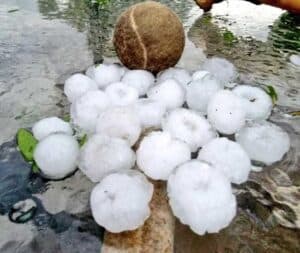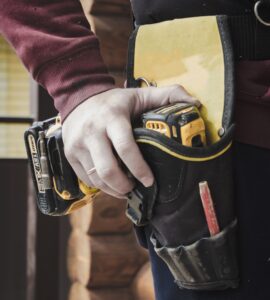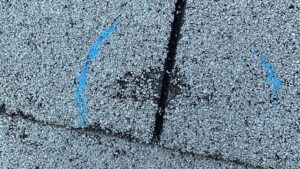What’s the big deal if your attic doesn’t have the best insulation? Well, even if you don’t plan on spending much time in it, maintaining good attic insulation helps keep the entire house warm and extends the longevity of your roof.
Certain roofing issues, like ice dams, occur when warm air escapes from a poorly insulated attic. It’s never good to have both melting and freezing temperatures on your roof. Plus, this wastes a lot of energy which translates into higher utility bills.
90% of US homes are said to be under-insulated. Are you in this group? If you are, here are a few steps that will bring your home up to standard.
Run through this safety checklist before you start doing anything.
- Was your home built before 1977? Older homes used asbestos-contaminated vermiculite insulation. If this is your case, don’t bother poking around yourself. Always let a professional do the work for you.
- Is there exposed or knob and tube wiring? Avoid working on this yourself.
- Does anything look wet, damp, moldy, or rotted? This is an unsafe environment and your weight may not be supported on the joists or rafters.
If everything looks okay, gear up with a flashlight and dust mask. Place some boards across the joists if you need to make a walkway.
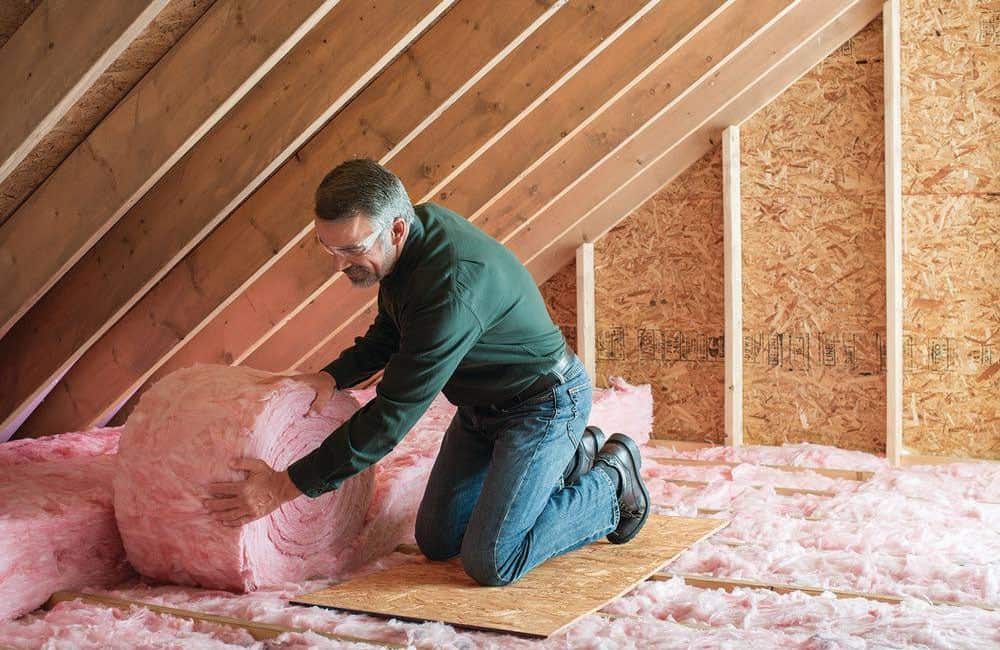
Do a quick evaluation
Start off by assessing where things are now.
Are there any cracks, gaps, or openings? Unfinished or poorly insulated attics often need to be sealed tight before new insulation is added. If you can feel a breeze or any fresh air, this needs to be taken care of. Check around any windows, pipes, ducts, and wiring. Then caulk around any areas that aren’t airtight.
Is the attic floor already insulated? Unlike other areas of the house, attic floors should always be insulated. This insulation layer keeps heat within the main house. It doesn’t make sense to have your attic as warm as everywhere else in your home unless you plan to turn it into a full-time living space.
Does the attic have proper ventilation? Many attic systems use passive ventilation to bring cooler air in through intake vents under the roofing eaves and let hot air out through the roof’s exhaust vents.
Yes, even though we want to seal off any cracks and fully insulate it, we also want the attic to have good airflow. This helps keep the attic’s heat and moisture at correct levels throughout the year.
What does your insulation look like? Is it even in size and color? Discolored, dirty, torn, or old insulation means you aren’t getting the best performance possible. If the insulation isn’t in good shape, it’s time to replace it.
Always keep moisture out
Any moisture is a significant problem for attics. When insulation gets damp its performance drops. Insulation can also be prone to mold.
Potential moisture sources are the vents, plumbing stacks, chimney chase, rafters, and sheathing. Moisture can get in from outside if the roof is damaged. However, it often comes from the home’s ventilation system which passes through the attic to the outside.
Your attic should have a vapor barrier to handle general condensation. And anything that goes through the ceiling or roof should be checked for moisture leaks or condensation. You might want to double-check this after rainy weather or a cold weather snap.
You need the right R-value
R-value measures how well insulation prevents heat transfer. Higher R-values represent better performing insulation.
Cold weather requires insulation with a high R-value. Attics in areas with extremely frigid winters, like Minnesota, should be insulated between R-38 to R-49.
If your attic is insulated but seems to be doing poorly, you might want to check its R-value. Each type of insulation material comes with a certain R-value per inch and specific values vary by manufacturer.
You can find a very convenient attic insulation calculator from Knauf Insulation. Lowes also has a few insulation and R-value calculators.
Make sure every part of the attic is insulated
This should go without saying, but certain attic areas can be easy to miss. Other times, insulation is applied unevenly or without adjusting for various conditions. Frequently missed areas include:
- kneewalls – the short walls under sloped ceilings, often used to support rafters
- vaulted ceilings
- skylights
- the access door or hatch panel
Is any insulation compacted, pushed down, or collapsed? This will have diminished insulating ability. Check these areas:
- anywhere on the floor with items stored on it
- around vents, plumbing, or outlet boxes
Hire a professional insulation contractor
If you spot any danger signs or don’t want to DIY things, look for a trustworthy contractor. The right installer will have experience, references, plenty of knowledge, and be willing to answer your questions.
You might want to go over these questions with them:
- what materials do they use?
- do they have references available?
- are they insured?
- how long have they been working?
- will they remove and dispose of the old insulation?
You can find specialized insurance installers through the Insulation Contractors Association of America’s database.
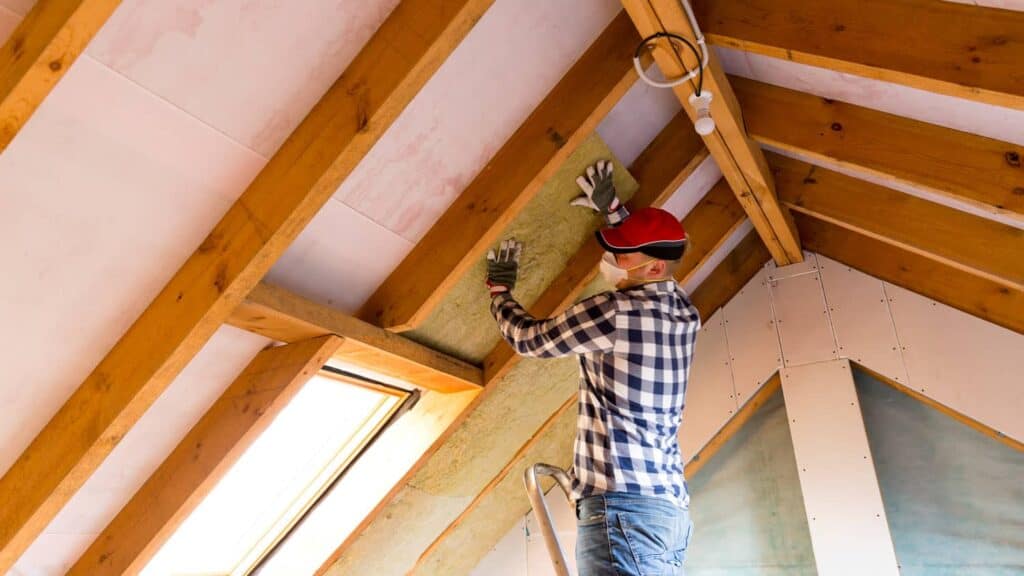
Have Your Roof Properly Sealed
Some roofing problems originate with the attic. Likewise, many attic problems begin with the roof. Gaps, holes, and unsealed roofing components can result in attic leaks and pest infestations.
What would otherwise have been a minor roof repair job can turn into a serious attic or home restoration project. Or you might end up hosting a family of raccoons, squirrels, or mice who found their way through a small hole.
Your chimney and vents must be sealed from the inside and outside. Keeping your attic sealed tight and well-insulated can save you anywhere from 11% to 15% over a poorly insulated home. And a quick roofing inspection will let you know how well that’s done.


